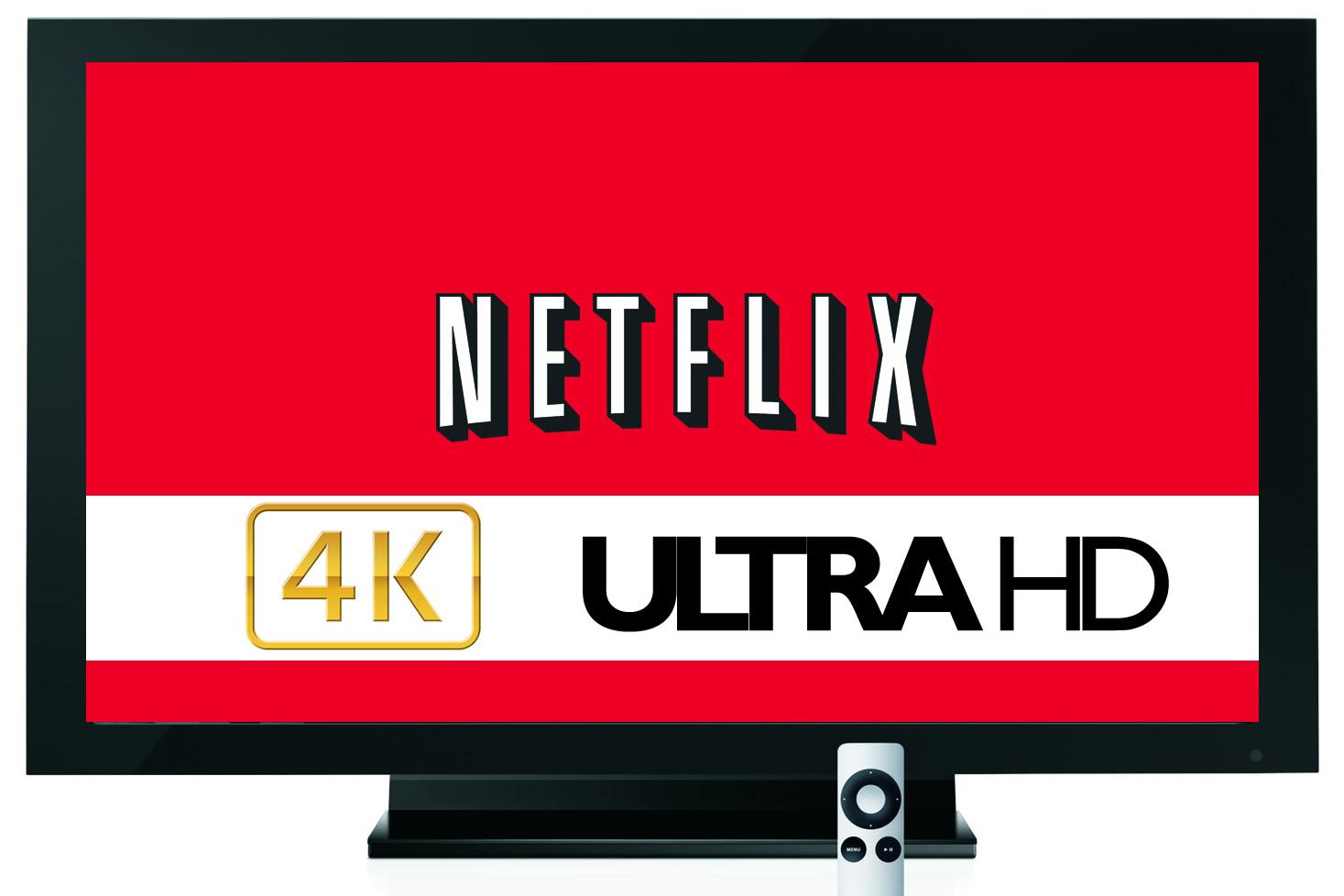In the dynamic realm of healthcare, cutting-edge software has emerged as a pivotal force, revolutionizing the way healthcare services are delivered and accessed. This transformation extends from enhancing patient care through detailed, real-time data analysis to streamlining administrative processes, thereby increasing overall efficiency and reducing human error.
The integration of sophisticated software technologies not only facilitates a more personalized approach to patient care but also fosters innovation in treatment methods and healthcare delivery models. As we move forward, it’s clear that the continued evolution and adoption of advanced software solutions will play a crucial role in shaping the future of healthcare, making it more responsive, efficient, and patient-centered.
Enhanced Patient Care through AI
The advent of Artificial Intelligence (AI) in healthcare has taken patient care to new heights. Through AI algorithms, healthcare professionals can now predict patient outcomes more accurately, tailor treatment plans to individual needs, and even detect diseases at earlier stages. This precision in care ensures patients receive the right treatment at the right time, significantly improving recovery rates and patient satisfaction.
AI-driven chatbots and virtual health assistants provide 24/7 support to patients, answering queries, reminding them about medication schedules, and even monitoring their health status. This constant, automated interaction not only boosts patient engagement but also alleviates the workload on healthcare professionals, allowing them to focus on more critical cases.
Optimizing Tools and Equipment
Cutting-edge software has also paved the way for more advanced medical tools and equipment, enhancing the accuracy of diagnoses and treatment. For example, as the people from Abbadox note, optimizing radiology operations requires a multifaceted approach that addresses efficiency bottlenecks, radiologist well-being, and the integration of cutting-edge technologies. With the help of advanced software, radiologists can now interpret images more accurately and efficiently, reducing turnaround times and improving diagnostic accuracy.
Similarly, software-enabled surgical systems have made procedures less invasive, reducing recovery times and improving patient outcomes. Moreover, these tools also provide real-time data analysis during surgeries, allowing surgeons to make informed decisions and improve precision.
Streamlining Administrative Tasks
In the administrative sphere of healthcare, the impact of cutting-edge software is equally significant, bringing about unprecedented efficiencies and reducing administrative burdens. Through automation of routine tasks such as patient data entry, appointment scheduling, and billing processes, healthcare facilities can focus more on patient care and less on paperwork. This digital transformation not only streamlines operations but also drastically cuts down on the likelihood of human errors, ensuring data accuracy and enhancing patient trust in the healthcare system.
The integration of electronic health records (EHRs) allows for seamless communication among healthcare providers, enabling a more coordinated and efficient patient care approach. Beyond improving operational efficiency, innovative software solutions are instrumental in analyzing vast amounts of healthcare data and uncovering actionable insights that can lead to better care strategies and health outcomes. Predictive analytics, for instance, can identify trends and potential health issues before they become critical, allowing for preventive measures to be taken.
This proactive approach not only improves the quality of care but also plays a key role in controlling healthcare costs by reducing the need for expensive emergency interventions and treatments. Consequently, the role of sophisticated software in transforming healthcare administration cannot be overstated, as it continues to drive the industry towards a future where healthcare is more accessible, efficient, and patient-focused.
Cybersecurity and Data Protection
With the digitization of healthcare data, protecting this sensitive information from cyber threats has become paramount. Innovative software solutions are increasingly incorporating robust cybersecurity measures to safeguard patient data. These measures include encryption, multi-factor authentication, and continuous monitoring for potential breaches.
In addition to protecting data, these cybersecurity efforts foster trust among patients, who are more willing to share their health information knowing it is secure. This trust is crucial for the accurate gathering and analysis of data which, in turn, enhances the quality of care provided.
Telemedicine and Remote Monitoring
Telemedicine software has revolutionized healthcare delivery by allowing patients to consult with healthcare professionals remotely. This is particularly beneficial for individuals in remote or underserved areas, who can now access medical expertise without the need for physical travel. Video consultations, remote diagnostics, and e-prescriptions are just a few examples of how telemedicine is making healthcare more accessible.
Remote monitoring technologies also play a critical role in managing chronic conditions, allowing healthcare providers to monitor patient’s health in real-time and adjust treatments as necessary. This proactive approach reduces hospital readmissions and ensures that patients receive continuous, personalized care.
The relentless advancement of software technology in the healthcare sector has launched a new era of medical care and administration. From the precision and personalization in patient care enabled by AI to the operational efficiencies driven by software in administrative tasks, the positive impacts are far-reaching.
Innovations in medical tools and equipment, bolstered by software, have refined diagnostic and treatment processes, significantly improving patient outcomes. Furthermore, the rise of telemedicine and remote monitoring caters to the accessibility of care across diverse regions, ensuring that every patient receives the attention and treatment they need irrespective of their location.
Is a freelance tech writer based in the East Continent, is quite fascinated by modern-day gadgets, smartphones, and all the hype and buzz about modern technology on the Internet. Besides this a part-time photographer and love to travel and explore. Follow me on. Twitter, Facebook Or Simply Contact Here. Or Email: [email protected]



![List of All 4K HDR Movies and TV Shows on Amazon Prime Video. [Updated] Amazon Prime Video 4K](https://axeetech.com/wp-content/uploads/2017/11/Amazon-Prime-4k-video-contecnt.png)
![What are Roblox Error Codes and what they mean. [All Roblox Errors] All Roblox Error Codes and Fixes](https://axeetech.com/wp-content/uploads/2020/07/Roblox-Error-Codes.jpg)

Leave a Reply